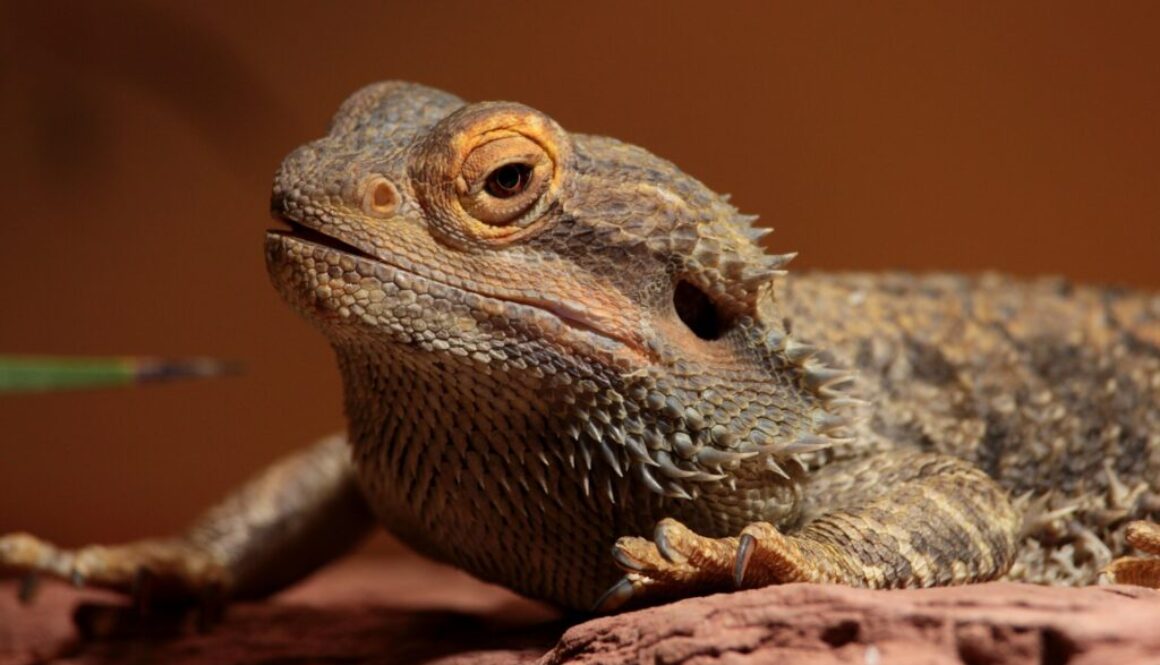Novel Pets: What You Need to Know About Bearded Dragons
For National Reptile Awareness Day (October 21), we thought we’d highlight a more exotic pet: bearded dragons. Just what makes these moderately-sized, native-to-Australia lizards an ideal choice?
Their beard-like, spiked collar around their neck gives them the name “beardies” and, generally, are well-suited to beginner pet owners. Mostly the spines lie flat until they feel threatened when they will stand up in a more aggressive display, contrary to their normal docility.
Bearded dragons, known for their curiosity and friendliness, rarely become aggressive when handled gently. No barking, squawking, or loud noises from bearded dragons – they quietly surveil their environment. Additionally, their sturdy body shapes make them easy to handle without too much fear of injuring them.
Their social nature makes them easy to tame, and they exhibit a number of intriguing behaviors such as arm waving to show submission. Look for head-bobbing which will indicate when they feel they have asserted dominance over someone or something. They will also puff and darken their beards on demand when upset or not feeling well. Abrupt color changes could indicate stress or illness.
Simple routine care includes a regular spot cleaning of your bearded dragon’s environment. Since they prefer keeping themselves tidy, they will not give off an offensive odor. However, their nutritional and environmental needs can be a bit complex, requiring some investment in their care.
Reptilian hibernation goes by the name brumation, during cooler weather when food becomes scarce – which might not happen in captivity. If your beardie shows signs of going into hibernation, contact your exotic vet for a checkup. The most common ailment, a metabolic bone disease, results from an imbalanced diet, which softens and makes bones susceptible to fractures.
Males can be territorial, and adults likely will reach a full-grown length of 16-24 inches. They’ll probably like to sit on your shoulder as you walk around your home. For their environment, you’ll need to ensure proper humidity and temperature monitored by a thermometer. Use UV lighting and heaters for consistent 12-hour light/dark cycles.
Their semi-arboreal nature means they thrive with a variety of off-the-ground perches and hiding spots. Provide these omnivores with a mixture of invertebrate and vertebrate prey (insects and small animals) in addition to plants and vegetables for a balanced diet. Look to the distance between their eyes as a guide on how large insects/crickets to feed them.
With some care and good nutrition, these reptiles can make a good companion pet for between 8 and 14 years!

